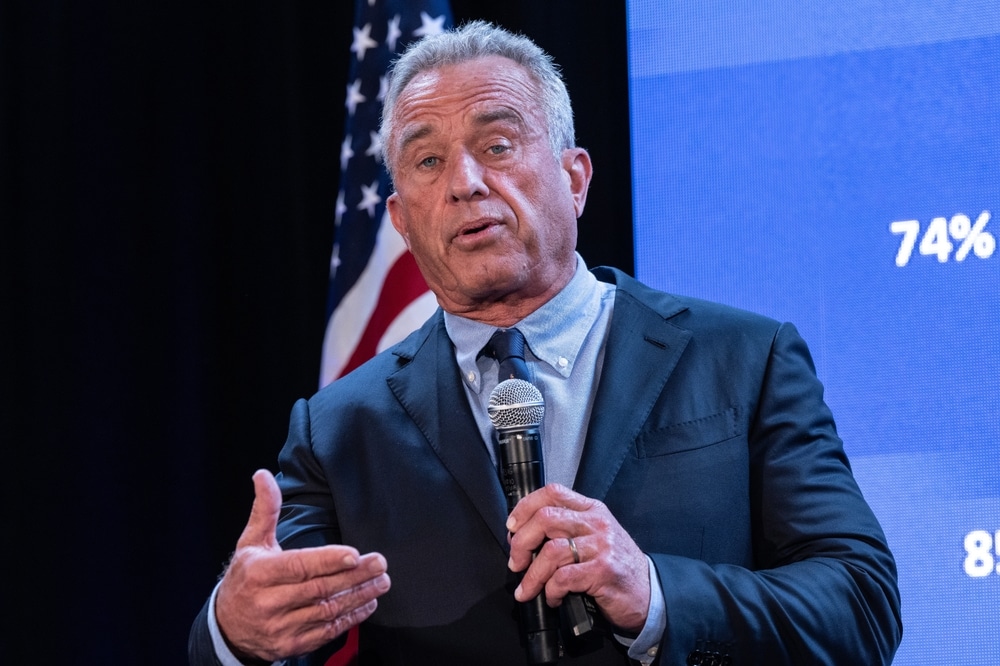Sports bring us together. We cheer, celebrate, and feel the thrill of victory and the sting of defeat. But there’s a side of sports that doesn’t get as much attention: its environmental impact. From stadium construction to international major events, the environmental footprint of the sports industry is huge, contributing millions of tons of greenhouse gas emissions each year. Let’s dig into the reality behind the scoreboard and talk about what can be done to change the game for our planet.
How Big Is the Sports Industry’s Carbon Footprint?
The massive sports industry generates between $550 and $600 billion annually, with 140 million active participants. It’s easy to understand why. It’s a sprawling enterprise between professional teams, global events, and a massive fanbase. But with this scale comes responsibility – and the impact on our environment is undeniable.
The Emission Drivers
Several key factors drive the carbon emissions of the sports industry:
Travel: Travel is a major source of emissions. It’s not just the teams traveling to games; it’s also the fans. Major events like the Olympics and the World Cup draw millions of attendees, often from all corners of the globe, leading to significant carbon costs. For example, fan travel accounted for more than 80% of the emissions for UEFA Euro 2024, which took place in June – July 2024.
Stadiums and Infrastructure: Stadium construction and maintenance are also high on the list. The energy required to build and power these massive facilities is substantial, not to mention the emissions produced from the construction process itself.
Event Operations: Merchandise, media, concessions, and logistics all add up. Running a major event requires resources – lots of them. Every jersey sold, every hot dog consumed, and every TV truck at the game adds to the carbon footprint.
Why Does It Matter?
Climate change isn’t just an environmental issue; it’s a matter of human prosperity. Throughout various industrial periods, such as the Industrial Revolution and the recent Digital Age, human activities have drastically altered the natural environment. The unchecked burning of fossil fuels, deforestation, and urban expansion have all played a role in the accelerating pace of climate change. The consequences directly affect human health, food security, and economic stability, which makes addressing the environmental impact of industries, including sports, critical for our collective future.
Changing the Game: Examples of Greener Sports Events
The good news? It’s not all bad. Several events are leading by example, showing that sports can be both entertaining and environmentally conscious. Here are some promising examples:
Paris 2024 Olympics
The Paris Olympics has set an ambitious goal to halve its carbon emissions compared to previous games. Some of their strategies include:
- Using existing venues and temporary structures instead of building new facilities wherever possible.
- Relying on renewable energy, including solar and wind, to power venues.
- Encouraging the use of public transportation for attendees, providing discounted or free tickets for using these services.

The commitment to a 1.5 million tonne carbon budget makes the Paris 2024 games one of the most climate-aware major sporting events to date.
Tokyo 2020 (Held in 2021)
The Tokyo Olympics took significant strides to reduce emissions, especially with the absence of spectators due to the pandemic. The lack of international fans highlighted how much carbon impact is due to travel, reducing the overall emissions significantly.
UEFA Euro 2024
UEFA has also focused on reducing its carbon footprint by making public transportation free for event attendees. By addressing the largest contributor – fan travel – UEFA aims to make a significant dent in the event’s total emissions.
The Role of Temporary Structures
One major innovation to reduce emissions at sporting events is the use of temporary structures. Unlike permanent stadiums, temporary structures can be dismantled, moved, and reused. This helps in several ways:
- Reduced Raw Material Use: These structures use lightweight materials, requiring fewer resources to manufacture.
- Lower Emissions: The entire life cycle of these structures, from construction to dismantling, emits far less carbon than traditional buildings.
- Reusability: Once an event is over, temporary structures can be reused at other locations, reducing waste.
The use of temporary structures reflects a shift towards minimizing unnecessary resource consumption and addressing the short-term needs of major sporting events in a more sustainable manner.
Is Carbon Everything? A Different Perspective from RFK Jr.

Robert F. Kennedy Jr., a noted environmental advocate, has been vocal about how the climate conversation has become overly focused on carbon emissions alone. According to RFK Jr., the exclusive focus on carbon metrics can be counterproductive, as it tends to commoditize nature – something that should be cherished beyond mere numbers.
He argues that the reasons we protect the environment extend far beyond quantifiable data. The connection to nature is spiritual, cultural, and historical. It’s about preserving the wilderness that shapes our identity as human beings and connects us to generations past. For RFK Jr., protecting nature is a way to experience the divine and nurture our spirit, rather than just mitigating a numerical carbon footprint.
He also points out the unintended consequences of focusing too much on carbon metrics. For instance, offshore wind farms, while designed to reduce carbon emissions, have been reported to pose significant risks to marine life. The right whale, one of the world’s most endangered species, is particularly threatened by offshore wind projects, which underscores the need to consider broader ecological impacts when planning green initiatives.
The Broader Impact of Human Activity
Human activities that contribute to climate change go beyond just the sports industry. A few notable contributors include:
Burning of Fossil Fuels: Used in transportation, power generation, and industrial processes, this is the largest contributor to greenhouse gases.
Deforestation: Cutting down forests reduces the Earth’s ability to absorb CO2.
Agriculture: Livestock, especially cattle, produce methane, a potent greenhouse gas.
Urbanization: The rapid expansion of urban areas has a significant impact on conservation efforts, wildlife, and local communities. Urban sprawl often results in the destruction of natural habitats, putting pressure on wildlife populations and leading to biodiversity loss. Additionally, the expansion reduces green spaces that help sequester carbon, impacting both wildlife and community well-being.
The cumulative effect of these activities has led to the highest levels of greenhouse gases in the atmosphere in the last 800,000 years. While the sports industry is only a part of this puzzle, it still has a role in contributing to the solution.
Can Sports Lead the Charge in Sustainability?
Sports have the unique power to influence millions of people. Imagine if every major sports league committed to sustainability, not just as a buzzword but as a core value. Here’s how that could look:
- Sustainable Venues: Every new stadium built to be eco-friendly and powered by renewable energy.
- Green Travel Options: Partnering with public transportation networks to make events accessible without cars.
- Merchandising and Waste Reduction: Moving towards products made from recycled materials and cutting down on single-use plastics at events.
- Wildlife Protection and Environmental Conservation: Sports leagues and events could advocate for the protection of natural habitats, promoting projects aimed at conserving forests, oceans, and endangered species. Fans and organizers alike should push for stricter legislation and policies to protect these areas.
- Advocacy for Legislation: People must use their voices to pressure political representatives and decision-makers for stricter environmental laws. This includes pushing for bills that protect forests, oceans, and wildlife, and securing community rights to clean air, water, and soil. Advocating for less processed and ultra-processed food is also important, as sustainable agriculture benefits both human health and the environment.
If the sports industry can embrace these changes, it could set a powerful example for other sectors. When the world sees their favorite teams and athletes taking action, it creates a ripple effect, inspiring fans to make more environmentally friendly choices in their own lives.
Moving Forward: What Can You Do?
You might wonder how you can make a difference as a sports fan. Here are a few steps you can take:
- Opt for Public Transport: If you’re attending a game, use public transit or carpool with friends.
- Support Green Initiatives: Buy from teams and leagues that prioritize sustainable products.
- Reduce Your Own Carbon Footprint: Make small changes in your daily life, like reducing energy use or choosing more plant-based meals.
Sports are a reflection of who we are as a society. By demanding better from our teams, we can push for a future where enjoying a game doesn’t come at the cost of our planet.
Conclusion: It’s Time to Take a Stand
The sports industry’s environmental impact is significant, but change is possible. By focusing on sustainable practices, encouraging innovation, and looking beyond mere carbon metrics, sports can help lead the way to a more sustainable future. It’s time for all of us – fans, athletes, organizers – to take a stand for the environment and make sure that our love for the game doesn’t come at the planet’s expense.

